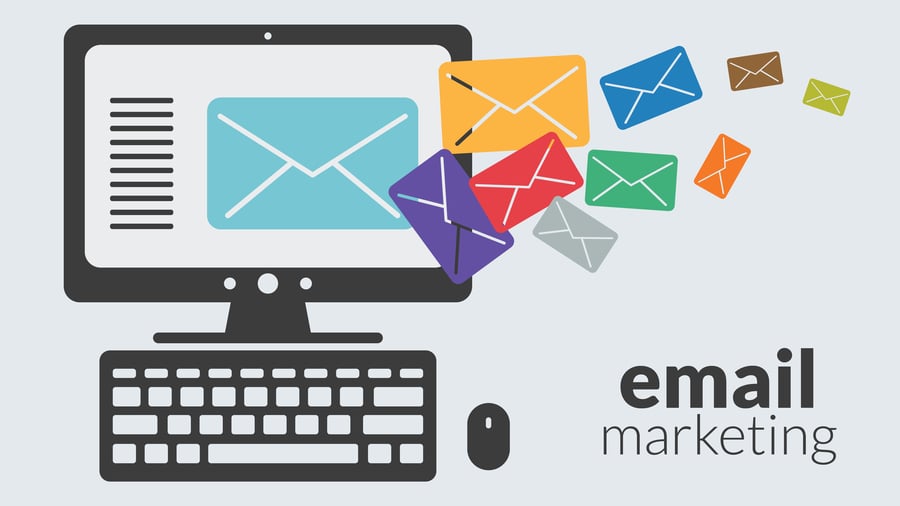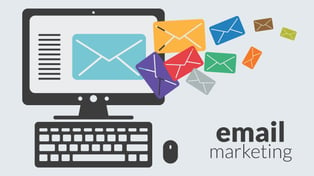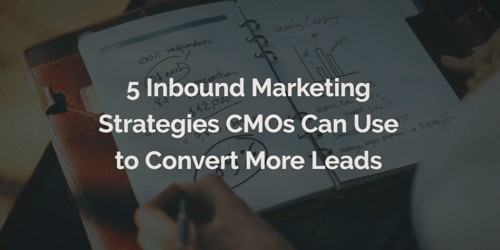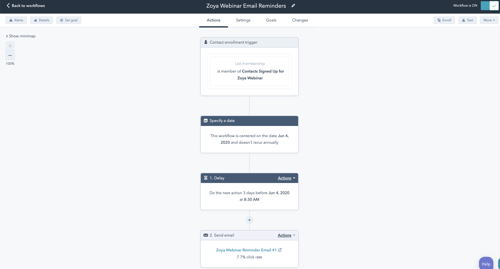7 Ways to Re-Engage Contacts through Email Marketing

 According to HubSpot, the average email marketing list loses 25 percent of its contacts every year. For many businesses, that rate of decay is simply unacceptable.
According to HubSpot, the average email marketing list loses 25 percent of its contacts every year. For many businesses, that rate of decay is simply unacceptable.
Fortunately, there's hope for businesses in search of a cost-effective way to re-engage contacts with email marketing.
As it turns out, marketing to dormant contacts is possible and can dramatically boost your conversion rates when you follow these seven (7) easy steps.
1. Identify All of Your Inactive Contacts
The first step in any successful re-engagement strategy is clear: you need to identify all of your inactive contacts. This process follows the steps below:
- Choose a starting metric that helps determine the age of each contact. This could be the date on which they became a contact or the date on which they first converted, became a customer or even received their first email. Your choice of metric will determine which contacts you focus on in the later stages of the re-engagement process.
- Determine the average length of your company's buying cycle. This is typically the period between first contact and closing.
- Determine how long a contact must be inactive to be formally considered inactive or dormant.
- Determine how you'll track inactivity. Usually this requires specific action tracking such as email opens or clicks.
2. Build a Comprehensive Inactive Contact List
Next, you need to build a comprehensive list of all the contacts that qualify as inactive by the metrics you've identified in the previous step. Use an organizing tool to streamline this list and render it understandable for anyone who might need to use it in the future.
Also, be sure to use "rolling age" logic to capture each inactive contact who passes the established cutoff age and becomes formally dormant. Otherwise, your list won't account for customers and prospects that become dormant after you create and run your re-engagement workflow.
3. Choose an Email Re-Engagement Type for Each Group of Inactive Contacts
Once your list is in place, it's time to choose an effective email re-engagement type. If your inactive contact list is segmented by buyer persona or other criteria, you can certainly use more than one email type. After all, personalized emails are a great way to appeal to prospects.
The major types of re-engagement emails are:
- Email preference updates: These emails ask contacts whether they'd like to receive emails less frequently or customize their content preferences to ensure more relevant content.
- Feedback surveys: These can be classic "how are we doing" surveys or more nuanced questionnaires designed to reveal why contacts have gone dormant.
- Incentives to engage: Offer a freebie or discount based on each contact's past buying history.
- Emotional appeals: These are generally variations on the "we miss you" email style. While they can work for certain buyer personas, they may actually be counterproductive for others.
- Deadline-based opt-ins: This "last resort" approach asks contacts to opt into further email communications by a specified deadline. Since many recipients likely won't opt in, this is an effective tool for narrowing your contact list and boosting contact quality.
4. Select an Effective Email Template
The most effective re-engagement emails use preset templates with a proven aesthetic and crisp, clear action cues that draw the contact to complete the desired action. Choose the template that best fits your needs.
Keep in mind that different re-engagement emails are likely to demand different template styles, so there's no need to put all your eggs in a single template's basket.
5. Create Your Email(s) and Save for Automation
The next step is to create your email. Follow a few well-worn email marketing tactics for higher open rates and click-throughs:
- Clearly and succinctly outline your email's value proposition in the message body
- Ensure that the copy makes sense in the context of your re-engagement type
- Use crisp, clean aesthetics that support your company's brand
- Include a powerful call-to-action in a highly visible location
Once you've composed your email, plug it into an automation platform that reduces the amount of work necessary on your end.
6. Build and Activate Your Workflow
Next, it's time to build and activate your workflow. Set up the workflow(s) according to the type of email you are sending and what would naturally follow next. If you have any questions about this process, we're happy to help.
7. Set the Parameters for a Successful Re-Engagement Campaign
Once your workflow is automated, put the finishing touches on your re-engagement operation by setting clear parameters for each campaign such as email frequency, content type, subject matter and more.
If you haven't already, take the time to segment your recipients by buyer persona. As time allows, consider developing future re-engagement emails to appeal to personas on a more granular level.
Discover More Ways to Re-Engage Contacts with Email Marketing
These seven easy steps will help guide you through the initial process of re-engaging dormant contacts, some of whom you probably never expected to come back into your company's fold. Email marketing tactics like these have proven tremendously effective at uncovering new leads in unexpected places without needlessly diminishing ROI or adding to marketing costs.
We're more than happy to show you the ropes and point out potential trouble spots that you might otherwise miss. Give us a call or contact us online to learn how we can help your business.







